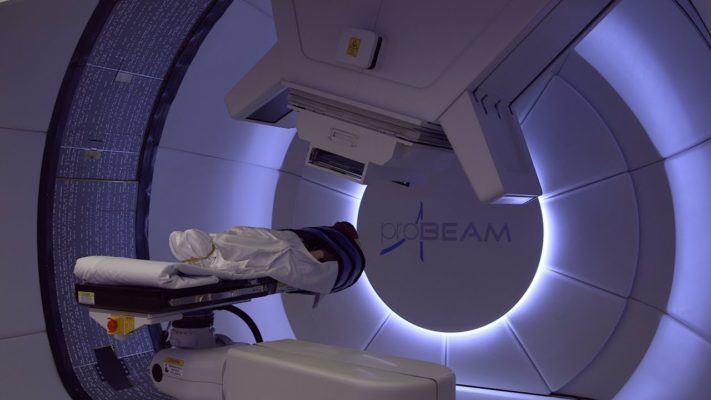When we think of people who get blood clots, we often consider older adults, as they are much more likely to get them. However, thrombosis, which is the formation of a blood clot in a blood vessel, can happen in kids of any age.
Fortunately, it’s not particularly common in children – about one in 10,000. But that risk goes up to about one in 200 for kids who are hospitalized. As a pediatric hematologist, I’d like to share the signs and symptoms of blood clots, as well as the risk factors, so that they can be caught and treated early. Early treatment can prevent blood clots from spreading and/or becoming a major health concern.
Symptoms of Blood Clots
Usually when blood clots occur in the veins it happens in the extremities. Their arms or legs may be swollen, red, and so tight that you can’t compress the area. The area may also be warm and painful to the touch.
It is possible for blood clots to break off from the legs or arms and move to the lungs. That’s called a pulmonary embolism, which can cause chest pain and shortness of breath. Blood clots can also occur in the veins (called cerebral venous sinuses) in the brain. This cerebral venous sinus thrombosis can cause symptoms such as a really bad headache and changes in vision. Both of these types of blood clots are rare; but it’s important for parents to be aware of the possibility.
Risk Factors of Thrombosis in Kids
There are a few factors that put kids at higher risk for blood clots. They are as follows:
1. Hospitalizations
Children who are hospitalized have a much greater risk of blood clots because they’ve likely had an intravenous line. This can cause an injury to the vein where the line enters, or the line can contribute to the slowing of blood flow.
2. Cancer
Cancer in general increases the rate of blood clots compared to other people. However, other interventions that are needed for treatment of cancer, such as implantable intravenous lines and a drug that is commonly used in pediatric cancers, increase the risk of blood clots.
3. Family history/genetics
Having a first-degree family member who has had a blood clot puts one at a 2-4 increased risk of getting one themselves. There are also other genetic risk factors – the most common one is factor V Leiden, which is a change of one of the clotting factors in the blood.
4. Estrogen-containing birth control
For parents of teenage girls who are considering birth control for the first time, it’s important to tell your provider of any risk factors and family history of blood clots. The risk of blood clots on estrogen-containing birth control are the highest in the first six months of use.
5. Anatomic issues
There are two anatomic issues that can contribute to blood clots. The first is when one of the arteries in the leg overlies a vein. When this happens, the blood doesn’t return to the heart as well and can cause a clot in the affected leg. This is called May-Thurner syndrome.
The second is Paget-Schroetter syndrome, which happens when nerves or blood vessels are compressed between the first rib and collarbone. There will be swelling and redness in the arm that has the blood clot. It is rare, but when it does occur, we often see it in baseball pitchers or other athletes who do a lot of overhead motions. It requires dynamic imaging to diagnose it. Often the treatment is blood thinners and potentially removing the first rib.
When kids are otherwise healthy and they get a blood clot, it’s important to do some additional investigation to make sure there is not an underlying issue causing it, like genetics or anatomic differences. In that case, I would suggest speaking with your child’s doctor to see if they recommend a visit with a hematologist for further examination.
To learn more about our Thrombosis Program, or to schedule an appointment, please call 513-517-2234.






